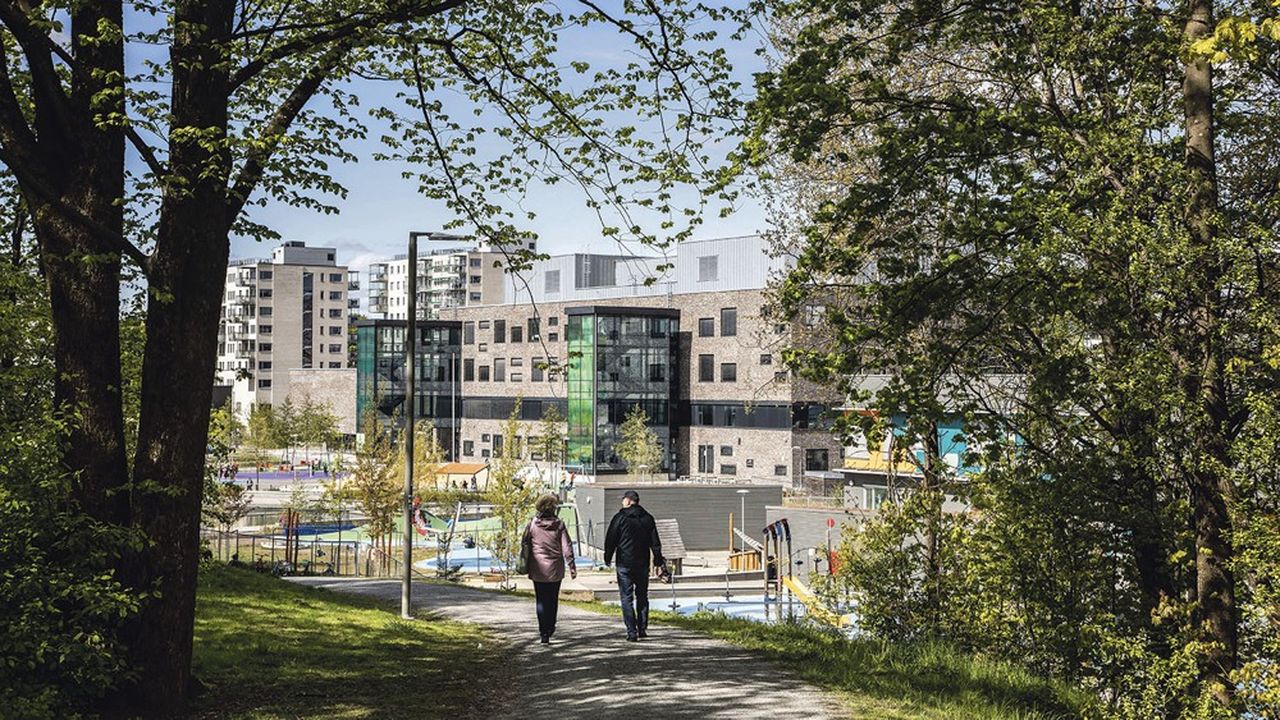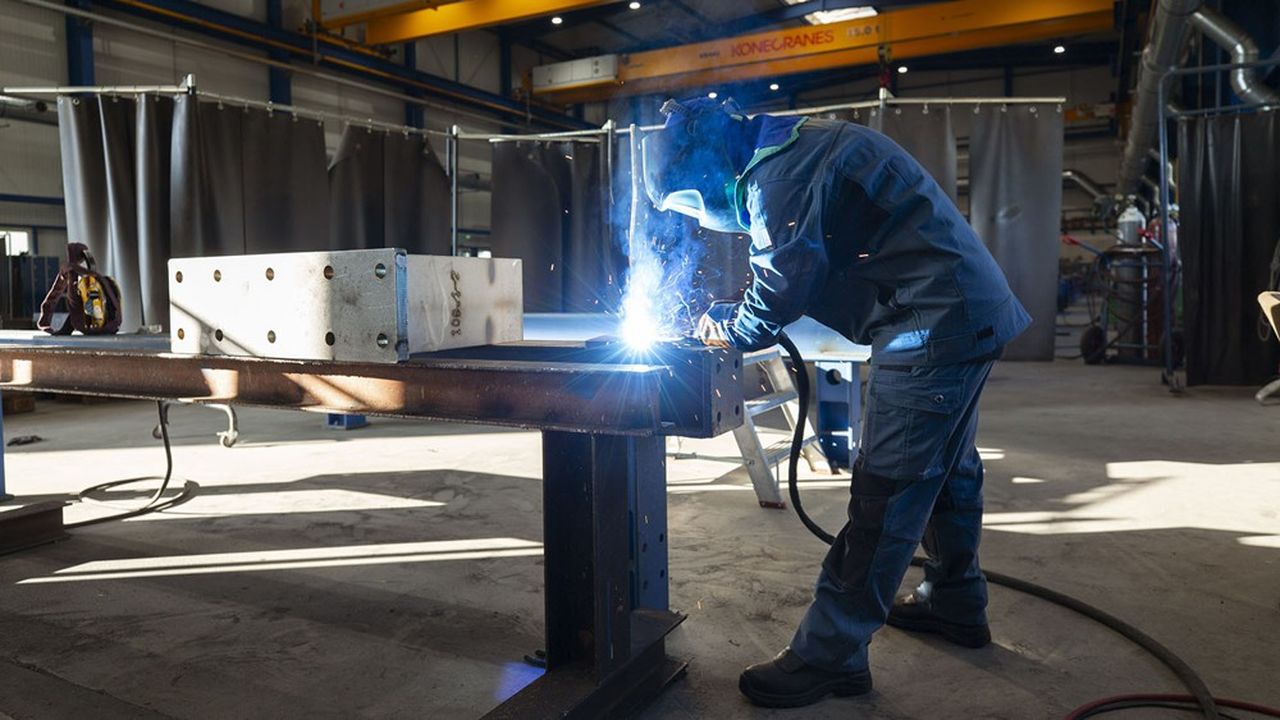
It is a strange post-apocalyptic impression that grips the walker in certain streets of the hypercentre of Oslo. For about ten years, the municipality has chased away cars. On several major arteries that are now silent, you only come across a few pedestrians sometimes disturbed by the passage of an electric taxi or the play of a couple of squirrels jumping from facades to trees. The Norwegian capital is not done. By 2030, it wants to reduce its carbon emissions by 95% (compared to 1990) by acting mainly on traffic, responsible for half of them, and to make its centre “the largest pedestrian space in Europe”.
“The sustainable city is still only an intention in many countries, particularly due to the complexity of mobility issues. Oslo is one of the few in the world to have reached solid maturity on the issue. It offers a unique transition model that many urban planners and researchers are drawing inspiration from to develop their own strategies,” explains the director of the Fabrique de la Cité, Céline Acharian, who came to discover this laboratory at the head of one of the “learning expeditions” organized by her think tank sponsored by Vinci.










